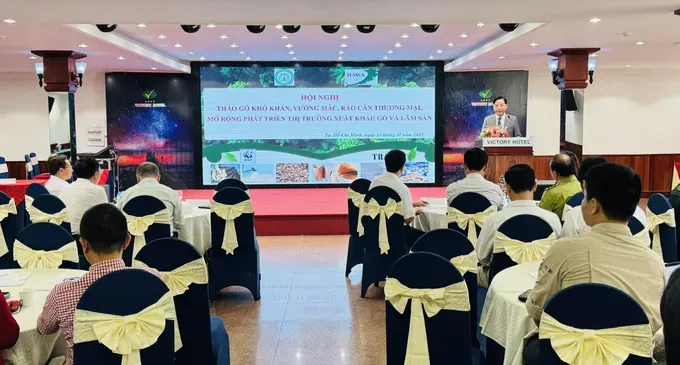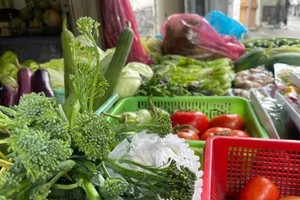The Forestry and Forest Protection Department under the Ministry of Agriculture and Environment, in coordination with the Ho Chi Minh City Department of Agriculture and Environment and the Handicraft and Wood Industry Association of Ho Chi Minh City (HAWA), held the event.

Delivering his remarks, Deputy Director of the Department of Forestry and Forest Protection Nguyen Van Dien stated that although export turnover over 11 months reached US$16.5 billion, growth is below expectations at only 5.4 percent, down from the projected 6 percent.
The main reasons are challenges in exporting to key markets, technical barriers related to legal wood origin, transparency requirements and ongoing pressures on businesses.
Domestic production also faces difficulties due to extreme weather disrupting raw material supply, reducing processing capacity.

Mr. Ho Truc Thanh, Deputy Director of the Ho Chi Minh City Department of Agriculture and Environment, noted that the city currently has over 5,120 enterprises participating in the wood processing chain and is promoting green transformation and digitalization to meet international standards.
Meanwhile, Deputy Director of the Trade Remedies Authority under the Ministry of Industry and Trade Truong Thuy Linh reported that by October 2025, Vietnamese goods faced 297 trade remedy investigations, with the U.S. leading at 77 cases. Authorities recommend that businesses fully comply with investigation requests, maintain transparent documentation and proactively diversify markets.
The conference concluded that the wood industry is at a critical stage and requires close coordination between regulatory agencies and enterprises to sustain export growth in the coming period.






)

















